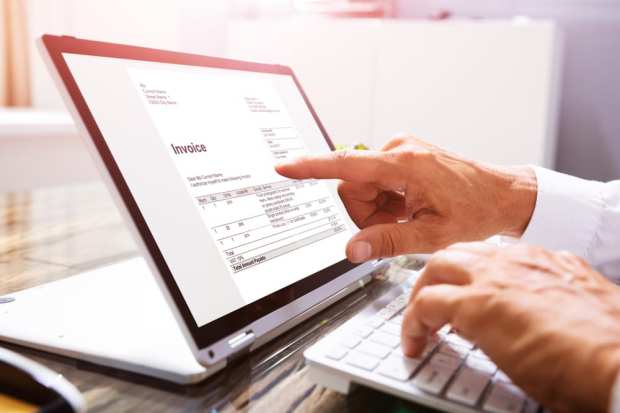The Developer’s Role In Driving eInvoice Standardization

As the European Union continues its electronic invoicing journey, officials have come to understand the value of format standardization to streamline and simplify the process of generating and ingesting these documents. Each member state, however, takes its own approach to adopting eInvoice standardization mandates in their countries.
In Germany, central, regional and local authorities now require government vendors to submit electronic invoices in one of two standards, with the private sector also embracing eInvoice standardization in pursuit of efficiency gains.
While the potential benefits of standardizing eInvoices are clear, ensuring that the technologies sending and receiving these digital documents can support those standards is a sometimes complex process, requiring collaboration across government entities, standardization bodies, software developers and industry stakeholders in both the private and public sectors.
“There was a need for developers and the government to work together with the industry on this,” explained Jochen Staerk, an expert in HTML and IT who has published ZUV, an open-source eInvoice validator that supports two eInvoice standards in Germany.
In a recent conversation with PYMNTS, Staerk noted that the International Organization for Standardization, better known as ISO, collaborated with the European Committee for Standardization (CEN) to guide the development and implementation of eInvoice standards. In essence, these bodies created the rulesets and Staerk wrote an application around them, releasing open-source software that other developers can use to support eInvoice standards within their own solutions.
The technology has a variety of use cases, from accounts payable (AP) tools that need to be able to properly ingest data within these eInvoices, to factoring companies that must validate eInvoices and ensure accuracy in order to release funds. The software also supports the automatic validation of line item amounts to ensure discounts have been properly applied, for example.
Perhaps most importantly, however, the software enables interoperability with a range of invoice readers across platforms like SAP and others, ensuring that formats and codes are correct.
An Evolving Landscape
Staerk recently released an updated version of the software, a reflection of a peculiar reality about eInvoice standardization initiatives in Germany and elsewhere: Standards are continually evolving and changing.
That’s because as the adoption of standardized eInvoices expands, unforeseen challenges may arise.
Staerk pointed to a recent example among scaffolding companies across the country, an industry that charges for scaffolding rentals based on the unique unit of meters-per-week.
“There is a list of hundreds of thousands of unit codes,” he explained, “but in this list, there is no meters-per-week.”
It is often up to developers to identify these issues and decipher whether it is a matter of the software, or the standard itself, not supporting such details.
“I wrote the application around the ruleset. Usually, the problem is with the ruleset,” Staerk added, again highlighting the importance of communication and collaboration across the space.
The landscape will continue to evolve, especially considering another peculiarity about eInvoice standardization: There are many, many standards in existence.
“Standards are a good thing, but too many standards are sometimes confusing,” said Staerk. “In the next year, we’ll see some consolidation.”
As that occurs, there will also be further discussions in Germany and in other markets around the world, like the U.S., as to the role of eInvoices and standards to drive efficiency in government and B2B procurement and payments, to combat fraud, and to promote cost savings and environmental resourcefulness through the reduction of paper waste.
Europe isn’t the only market where governments continue to explore opportunities in eInvoice standardization.
Australia and New Zealand announced an initiative in 2018 to develop eInvoice standards to support trade between the new nations. And last year, China’s Tencent revealed its own plans to wield blockchain to promote eInvoice standardization.
More recently, IPS President and Chief Executive Officer Greg Bartels spoke with PYMNTS about the importance of standardization in supporting the adoption of eInvoicing in AP departments in both the private and public sectors.
“The problem for U.S. accounts payable departments is that the country has no standards for how suppliers should submit invoices,” he said, noting that IPS is currently collaborating with the Fed in its ongoing efforts to establish such standards, but that they are still a long way off. “Without standards, accounts payable departments can never be sure of the format in which they will receive supplier invoices,” he added.
As governments and private companies around the world drive eInvoice adoption through government mandates and efforts to boost efficiency, establishing which standards to use – and identifying how to maintain them – will have widespread ramifications throughout the FinTech developer world. Collaboration will continue to be an essential component to driving adoption and ensuring that the technologies interacting with eInvoices can support those standards.
“Electronic invoice standards are a good thing,” said Staerk. “Open standards are even better.”
